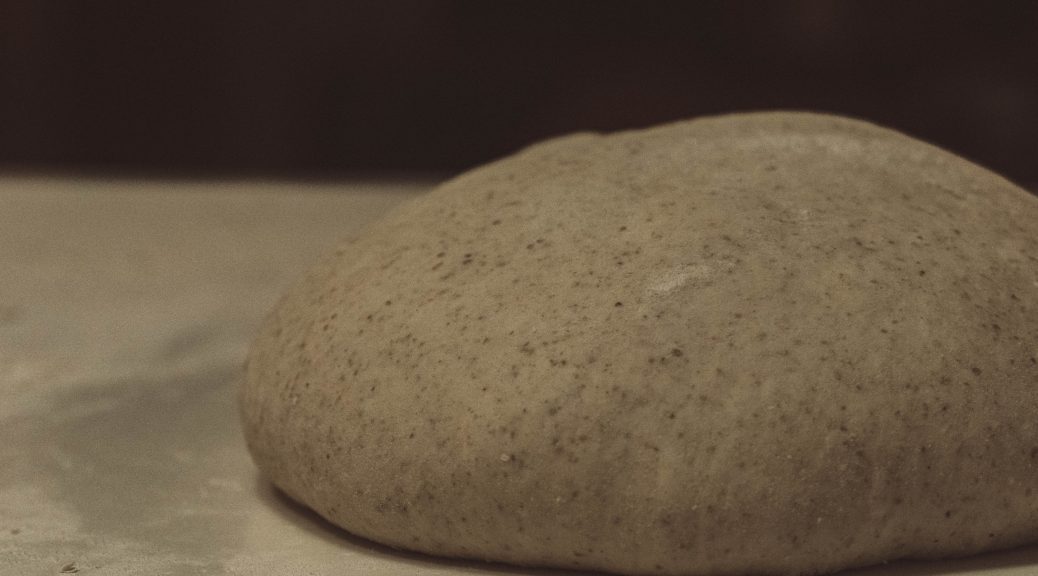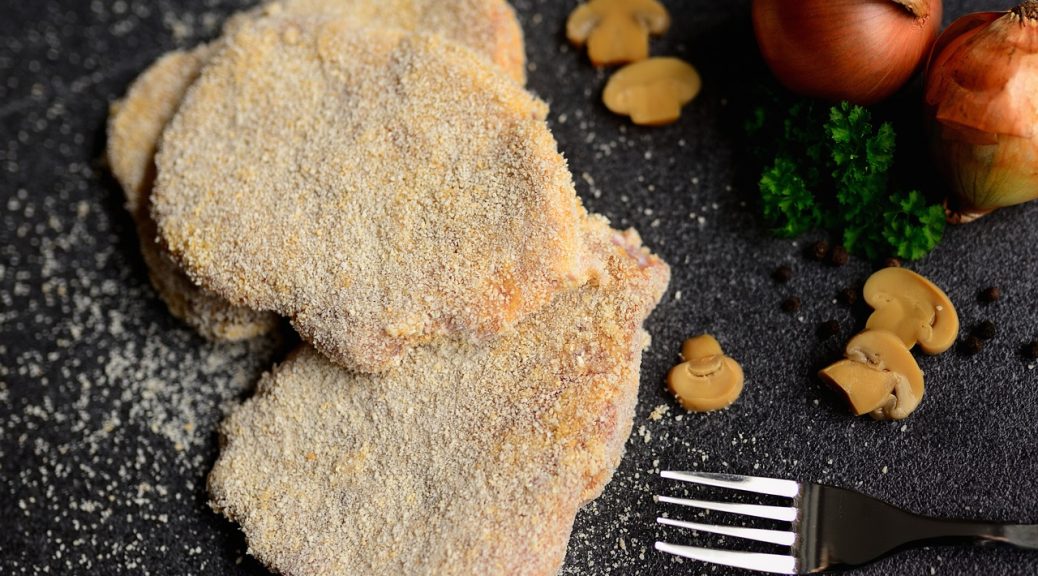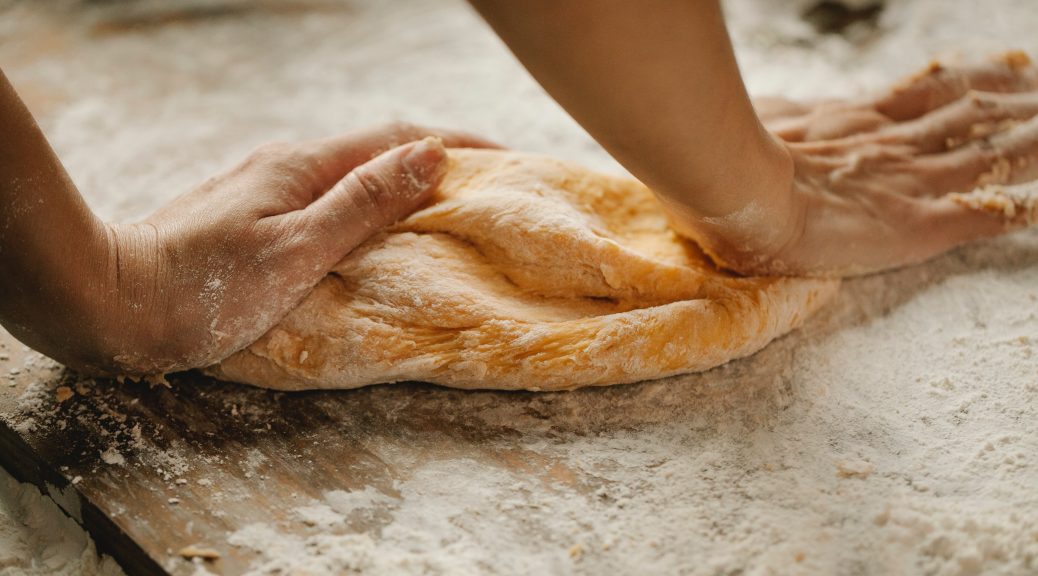Controlled (or retarded) Fermentation
The term controlled fermentation is commonly used to describe processes in which fermentation is halted through the use of cold, without reaching freezing temperatures. I do not particularly like the term because all fermentations should be controlled. The terms delayed, retarded or sluggish fermentation are also used on occasion to describe something similar or a variation. However, the focus here is on the possibility of stopping fermentation to resume it later. This interruption can be achieved with positive cold (without…









